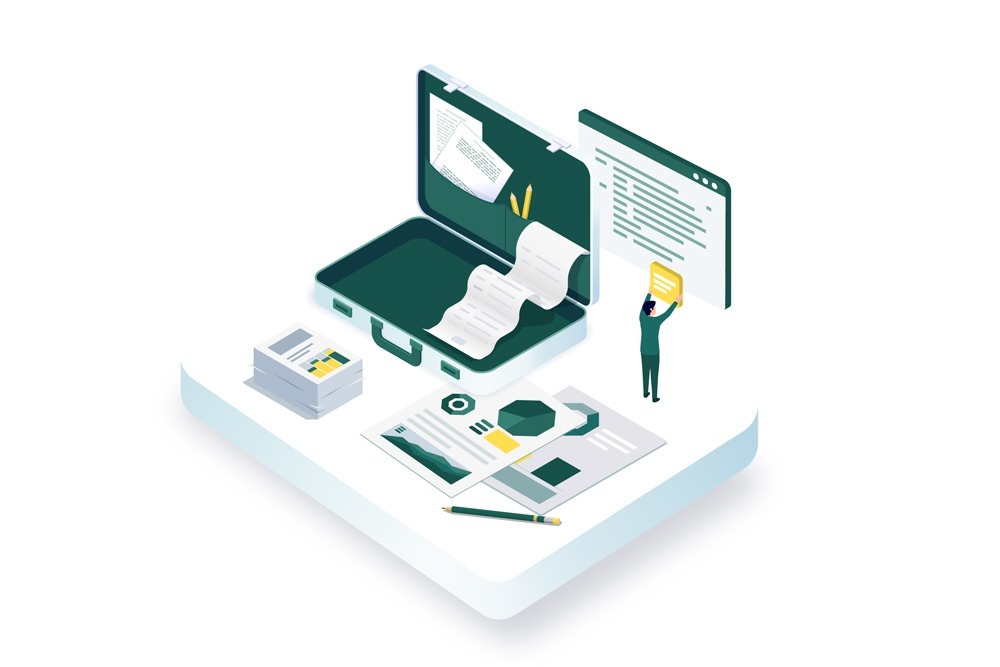
Predicting cash flow is like looking into your business’s future. You want to see when money comes in and when it goes out. It’s a great way to avoid surprises and keep your business running smoothly.
So, what’s the best way to predict cash flow? It starts with cash flow forecasting. Let’s break it down and see how you can make it work for you.
What is a Cash Flow Forecast?
A cash flow forecast is a simple way to see how much cash your business will have at any point in the future. It shows how money moves in and out of your business.
Think of it like planning a road trip. You need to know where the gas stations are and how much fuel you have. In business, cash is your fuel. A cash flow forecast helps you see when you might run low so you can plan ahead.
So, what do you do with a cash flow forecast? You use it to make better decisions. It helps you decide when to spend money or when to hold back. It also helps you know if you can pay your bills or invest in new opportunities.
Cash Flow Forecast Example
Let’s say you want to make a 13-week cash flow forecast. Why 13 weeks? Because it’s short enough to catch problems early but long enough to plan ahead.
Here’s a simple example:
Weeks 1-4:
- Sales: $10,000 per week
- Expenses: $8,000 per week
- Net Cash Flow: +$2,000 per week
Weeks 5-8:
- Sales: $10,000 per week
- Expenses: $9,000 per week (expenses increased)
- Net Cash Flow: +$1,000 per week
Weeks 9-13:
- Sales: $8,000 per week (sales dropped)
- Expenses: $9,000 per week
- Net Cash Flow: -$1,000 per week
What does this tell you? Weeks 9 to 13 are trouble spots. If sales stay low and expenses stay high, you’ll be short on cash. With this knowledge, you can adjust now to avoid problems later.
This is why many businesses love the 13-week cash flow forecast. It gives them a good look at what’s coming soon.
How to Create a Cash Flow Forecast?
Making a cash flow forecasting model doesn’t have to be hard. You can start with a simple template and improve it as you go. Let’s break down the steps.
Step-by-Step Guide to Building a Cash Flow Forecast
You can use a cash flow forecast template to keep everything organized. Here’s how to do it.
Step 1: List Your Income Sources
Make a list of all the ways your business makes money. This includes sales, loans, investments, and any other payments you expect to receive.
Step 2: List Your Expenses
Now, write down everything you spend money on. This includes rent, salaries, bills, taxes, supplier payments, and any other costs.
Step 3: Choose Your Forecast Period
Decide how far into the future you want to predict. A 13-week cash flow forecast is popular because it shows near-term risks. But you can also choose monthly or yearly forecasts.
Step 4: Fill in Your Template
Start adding numbers to your cash flow forecast template. Write down expected income and expenses for each week or month. Be realistic. It’s better to expect less and get more than the other way around.
Step 5: Review and Adjust Regularly
Your forecast isn’t a one-time thing. Update it weekly or monthly. New information means new predictions. Regular updates make your forecast more accurate.
Using a cash flow forecast template saves time and makes tracking easier. It’s like having a map to guide your business.
What is the Difference Between Cash Flow Forecasting and Budgeting?
People often mix up cash flow forecasting and budgeting. They are similar but not the same.
Cash flow forecasting is about predicting how money will move in and out of your business. It’s a tool for planning your business’s future.
Budgeting is about setting goals for your income and spending. It’s more about what you hope to achieve.
For example, your budget might say you plan to make $50,000 in sales this quarter. But your cash flow forecast tells you that sales might drop in certain weeks.
At Hundred MS, we provide both Cash Flow Management and Budgeting services. We can help you plan your money flow and set realistic financial goals.
Benefits of Cash Flow Forecasting
Why should you bother with cash flow forecasting? Here are some reasons:
- Avoid Cash Shortages: You can see problems coming before they hit.
- Plan Payments Better: Know when to pay bills and when to save.
- Make Better Business Decisions: Knowing your cash position helps you decide when to invest or cut costs.
- Stay Calm During Tough Times: Even if sales drop, you can plan to handle it.
- Keep Your Business Running Smoothly: No more surprises when it’s time to pay the bills.
Cash flow forecasting gives you more control. You can see the road ahead and avoid bumps along the way.
Tools and Techniques for Cash Flow Forecasting
There are many ways to do cash flow forecasting. Here are some common methods:
Spreadsheets (Excel):
- Easy to use and set up.
- Great for small businesses.
- You have to update it manually.
ERP Systems (e.g., NetSuite ERP):
- Powerful tools for big businesses.
- Automated tracking and forecasting.
- Makes updating forecasts much easier.
Financial Forecasting Software:
- Useful for detailed reports and analysis.
- Provides clear charts and data.
- Can be costly for small businesses.
Pick the tool that fits your business size and needs.
Conclusion
Cash flow forecasting is like having a GPS for your business’s finances. It helps you see where you’re going and avoid getting lost.
Start with a simple cash flow forecast template. Update it often. Make sure you’re always looking ahead.
At Hundred MS, we can help you create reliable cash flow forecasts. Reach out to us and make your financial planning easier.
Frequently Asked Questions (FAQ)
A cash flow forecast helps you plan your finances by predicting when money comes in and goes out. It shows you potential cash shortages before they happen, so you can prepare and avoid problems. Forecasting also helps you make better decisions about spending and saving. If you expect good cash flow, you can invest in growth. If you see trouble ahead, you can cut costs or boost income before it’s too late.
One mistake is not updating your forecast often. Without updates, your forecast quickly becomes unreliable. Forgetting to include all expenses is another mistake. Small costs can add up and cause problems. Being too optimistic about income is also risky. It’s better to be realistic and use actual data. Choosing the wrong forecast period can be a problem too. A 13-week forecast is good for short-term planning, but not for long-term decisions. Regular updates and realistic expectations make your forecast more useful.
A cash flow forecast should be as accurate as possible, but it won’t be perfect. The key to accuracy is using real data and updating your forecast regularly. Weekly or monthly updates keep your predictions close to reality. It’s also important to be realistic about income and expenses. Your forecast will improve over time as you keep updating and refining it.
For short-term planning, like a 13-week cash flow forecast, you should update it weekly. This helps you catch problems early and make changes if needed. For longer-term planning, monthly updates are usually fine. If your business is more unpredictable, you might need to update more often. Regular updates make your forecast more accurate and useful.




